#merovingians
Text

The Sons of Clovis II, also called "Les Énervés de Jumièges"
by Évariste Vital Luminais
#évariste vital luminais#art#merovingian#sons#clovis ii#king#franks#frankish#river seine#france#french#germanic#gaul#history#medieval#middle ages#boat#merovingians#europe#european#legend#jumièges
111 notes
·
View notes
Photo
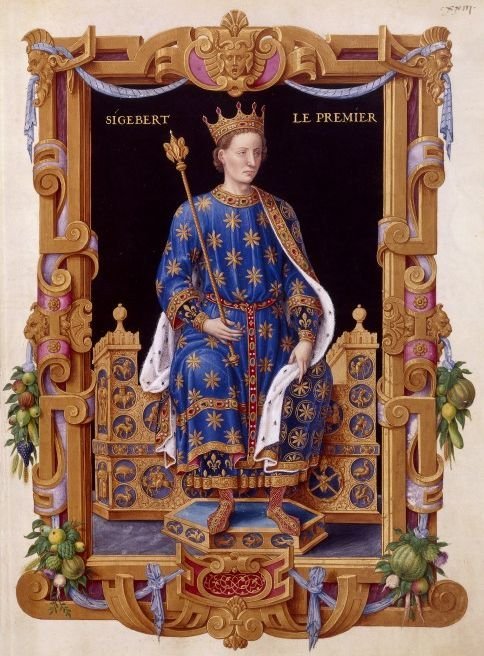
Sigebert Ier. Recueil des Rois de France.
#royaume de france#sigebert Ier#roi de france#vive le roi#merovingiens#merovingians#recueil des rois de france#jean du tillet#coronation robes#costume de sacre
7 notes
·
View notes
Text

#Learning the Middle Ages for exam#couldn’t help myself#history#Merovingians#Pepin the short#Middle Ages#medieval history
3 notes
·
View notes
Text
The conspiracy theories of Bérenger Saunière and Rennes-le-Château | Ancient Origins
https://www.ancient-origins.net/ancient-places-europe/conspiracy-theories-b-renger-sauni-re-and-rennes-le-ch-teau-002460
View On WordPress
#Bérenger Sauniére#Blanche of Castile#Cathars#Conspiracy#Da Vinci Code#France#Holy Blood Holy Grail#Home Grail#Jesus#Knight&039;s Templar#L&039;or de Rennes#Marie Denarnaud#Mary Magdalene#Merovingians#Pierre Plantard#Prior of Zion#Rennes-le-Château#St. Louis
0 notes
Text
King’s Field Pendant
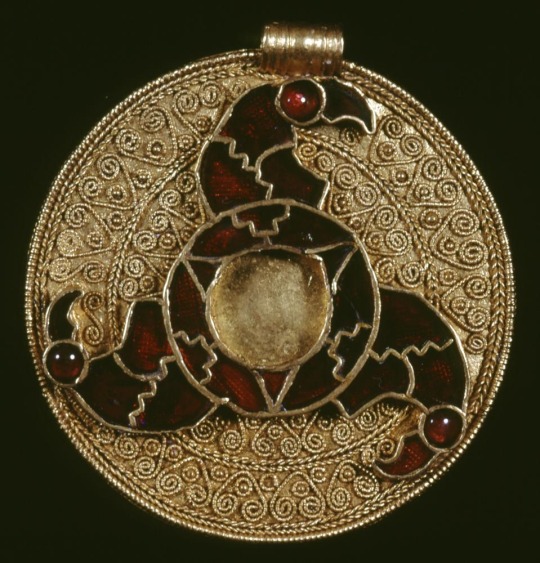
This magnificent pendant is the ultimate proof that the “Dark Ages” is an academic concept. Rather than Europe plummeting into darkness because of the “fall” of the Western Roman Empire, it’s more the lack of academic interest in the Early Middle Ages.
This Anglo-Saxon pendant was found on King’s Field (Kent) and is made of gold and garnet, but decorated extremely intricately with gabuchon, filigree and granulation. The garnet was used to form a triskele with round centre and ending in bird heads. At just 3,5 cm across, this was made by a master craftsman with materials from all over the known world.
The pendant might have been worn on a bit of string or rope, or it may have been worn as part of a glass beaded necklace. The pendant likely belonged to a woman.
The British museum, England
Museum nr. .1145.’70
Found in King’s Field - Kent, England
#merovingian#anglo saxon#viking#Vikings#frankish#carolingian#charlemagne#viking archaeology#germanic archaeology#Merovingian archaeology#Anglo Saxon archaeology#field archaeology#archaeology#field archaeologist#frisian#frisian archaeology#Germanic#jewelry#almandine#garnet#roman empire#western Roman Empire#germanic mythology#viking mythology#Norse mythology#pagan#kent#england#anglo Saxon England#paganism
822 notes
·
View notes
Text
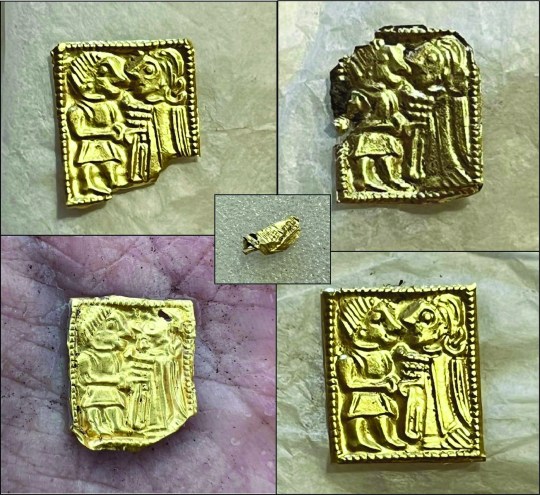
1400-Year-Old Gold Foil Figures Found at Pagan Temple in Norway
Archaeologists have discovered a votive gold hoard during road development works in Vingrom, south of Lillehammer on the shores of Lake Mjøsa Norway.
The 5 gold pieces are tiny, about the size of a fingernail. They are flat and thin as paper, often square, and stamped with a motif. Usually, they depict a man and a woman in various types of clothing, jewelry, and hairstyles.
The objects were discovered in the remains of a pagan temple, where previous excavations have uncovered thirty similar stamped gold objects in the vicinity over the past three decades.
Archaeologist Kathrine Stene was the project leader for the excavation, which has been ongoing along the road here all summer and into autumn, due to the upgrade of the E6 highway between Mjøsa Bridge and Lillehammer.
“It was incredibly exciting,” Kathrine Stene said.


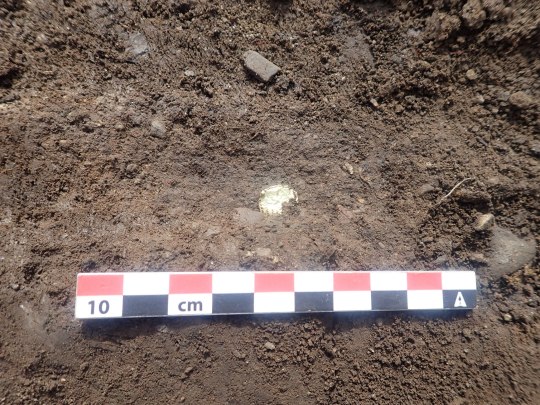
The pagan temple measures around fifteen meters in length. Archaeologists have found five gold foil figures in the last couple of weeks.
According to the researchers, the objects date from the Merovingian era sometime between AD 550 to the Viking Age.
The latest objects were found beneath the structure in the wall runs and in adjacent postholes, suggesting that they were ritually placed as votive offerings in the form of a sacrifice or a religious act to protect the building before it was constructed.
In 1993, the temple at Hov was discovered entirely by chance. County conservator Harald Jacobsen noticed the soil while driving along the E6. He thought it looked like what archaeologists call cultural layers, or soil containing human traces. A quick investigation proved him correct, and the discovery of two gold foil figures indicated that this was no ordinary location.

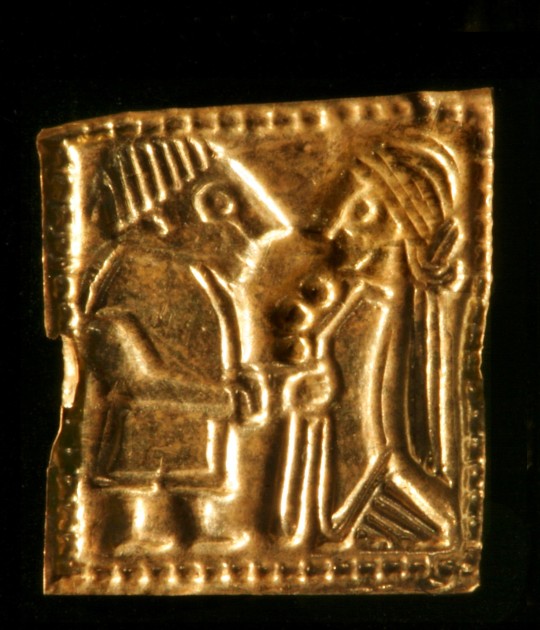
Smaller excavations during the 2000s led to the discovery of 28 gold foil figures, and what is referred to as a temple, a house for pagan religious practices.
In Norway, findings of gold foil figures are rare. The 35 from the temple in Vingrom represent the largest collection found in this country.
However, 100 gold foil figures were found in a similar temple at Uppåkra in Sweden, and more than 2,500 gold foil figures were found in a field on the Danish island of Bornholm.
So, “There must be more of them here,” researchers believe.
By Oguz Kayra.


#1400-Year-Old Gold Foil Figures Found at Pagan Temple in Norway#Lake Mjøsa Norway#temple at Hov#treasure#gold#gold foil#ancient artifacts#archeology#archeolgst#history#history news#ancient history#ancient culture#ancient civilizations#ancient art#Merovingian era#viking era
342 notes
·
View notes
Text
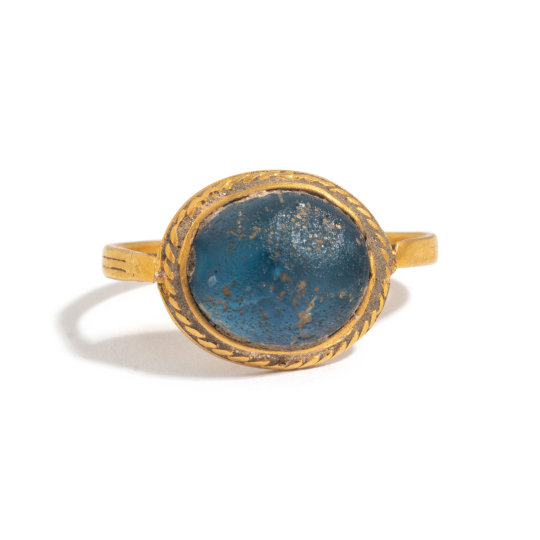

Gold and blue glass ring, Merovingian, 7th century AD
from Hindman Auctions
552 notes
·
View notes
Text
Chinese influences on European dragons in the early Middle Ages
Yesterday, I read a chapter about the Parisian saint Marcellus from the book “Time, Work & Culture in the Middle Ages” by French historian Jacques Le Goff. In it, he alludes to the hypothesis, that dragon depictions from the Merovingian era have been influenced by Chinese motives that have come to Europe through cultures from the Central Asian steppe.
That certainly makes sense to me, since the Huns have had a presence in Europe up until the 5th century, but I’ve never heard of this hypothesis before. Le Goffs sources are all in French (for example “La Civilisation mérovingienne d'aprés les sépultures, les textes et le laboratoire” by Edmond Salin), which I can’t read, and a quick search in Google Scholar didn’t bring up anything interesting.
Does anybody know if this hypothesis is still considered? The book is from the late seventies, so maybe it’s something that never caught on or has been discredited since then, but I haven’t found anything on that, either.
414 notes
·
View notes
Text

#ai art#ai generated#bnwo#ai artwork#interracial#snowbunny#drooly girl#conquered#freydegund#merovingian
70 notes
·
View notes
Text
Archaeological things that make me happy
Early medieval Germanic Buckets

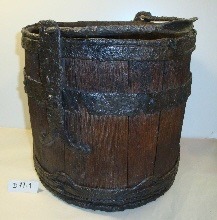

For reasons not really known, the Early Germans attributed an unknown importance to buckets. Both in Anglo Saxon and Merovingian graves can such buckets be found. I’d even call them pretty, and they’re 1500 years old.
1) RMO Leiden, object nr Rh763F, Rhenen-Utrecht, The Netherlands
2) KMKG Brussels, object nr D0077-001, Tienen-Vlaams Brabant, Belgium
3) The British Museum London, object nr 1939,1010.119 , Sutton Hoo - Suffolk, England
#field archaeology#anglos Saxon#germanic#early Germans#Merovingian#Frankish#charlemagne#archaeology#field archaeologist#Sutton hoo
240 notes
·
View notes
Photo




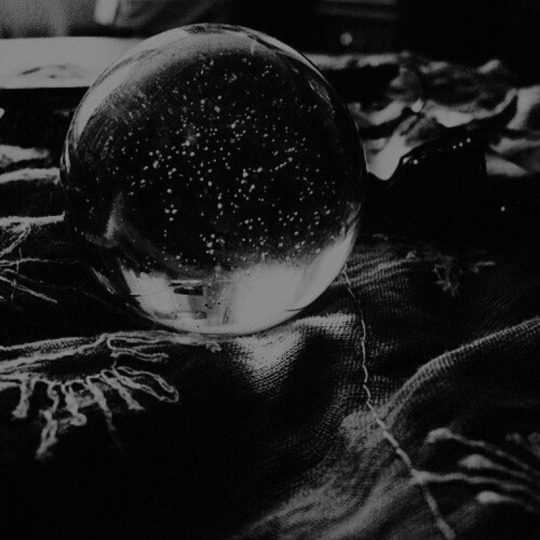


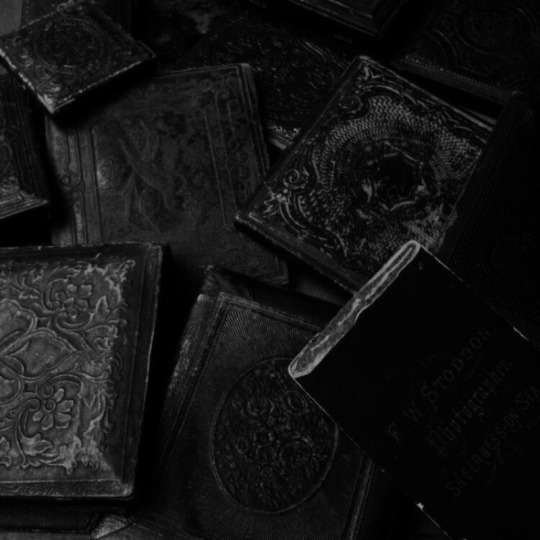

germanic mythology: oberon
In the legendary history of the merovingian dynasty, oberon is a magician, the brother of merowech.
#i tried my best with this one#i don't think he is like offically a deity or anything or like closely related ot myth but more folklore which is pretty similar but here it#is#oberon#germanic mythology#because the merovingian dynasty is the franks i labelled it under germanic because they were a germanic tribe#*mine*#requested#germanic myth#mythedit
234 notes
·
View notes
Text

The Sons of Clovis II, also called "Les Énervés de Jumièges"
by Évariste Vital Luminais
#évariste vital luminais#art#merovingian#sons#clovis ii#franks#frankish#france#french#geemanic#river seine#boat#medieval#middle ages#gaul#europe#european#history#merovingians
82 notes
·
View notes
Text

Frédégonde (545-597) was queen of Neustria after her marriage to the Merovingian king Chilperic I.
Together with Queen Brunehaut, she was one of the women who played a leading role in the long period of wars between Frankish kings, which began in 570 and ended in 613 with the victory of her son Clotaire II.
#royaume de france#dynastie mérovingienne#mérovingiens#reine des francs#vive la reine#fredegonde#full length portrait#merovingians#full-length portrait#fredegund
12 notes
·
View notes
Text
‘Armed to the teeth’ with sword, shield, spear more. A fully loaded Merovingian era warrior grave found Germany has given the finders plenty to think about unraveling its story.
73 notes
·
View notes
Text

some ideas from an au where maglor just keeps living in britain (/himring?)
especially in the earlier eras he had to put a lot more effort into styling/dyeing his hair to cover his ears & the blueness/Elf Sparkle. he also wore glasses for a while to dim the Treelight Eyes (because even as badly faded as he is, it's still really obvious with how old he is).
#silm#silmarillion#maglor#seventh age stuff#<- adjacent au#weirdly modern maglor feels the closest to maglor-maglor?#but he also looks like a lawyer in a tv show for some reason?#like edwardian maglor's outfit is pretty similar structure wise (high collar/waistcoat/long coat) but the hat & hairstyle really affect it?#but modern maglor has roughly the same silhouette with the jacket and definitely the most freedom with the ear and hairstyle#early 1900s maglor has a sort of beard thing to not look too young but it looks weird on him i think#it probably wouldnt look as out of place if his hair was shorter but he needs to cover his ears somehow#honestly merovingian maglor looks pretty maglor-y the hairstyle is just not blue enough#the front curly bits on baroque maglor are very maglor-y despite being even less blue#...huh i guess maglor is just 80% Hair#the rest is just fancy clothes; sad harp; and depression#baroque maglor did turn out really well though#maybe because maglor-maglor already borrows a lot from the baroque composer style outfit wise? like he is for unknown reasons#the only YT-FoA elf with a waistcoat i think#through all of this he has remained mysteriously wealthy#(probably because he knows where all the treasuries are in himring)
106 notes
·
View notes
Text
Birka’s warrior woman
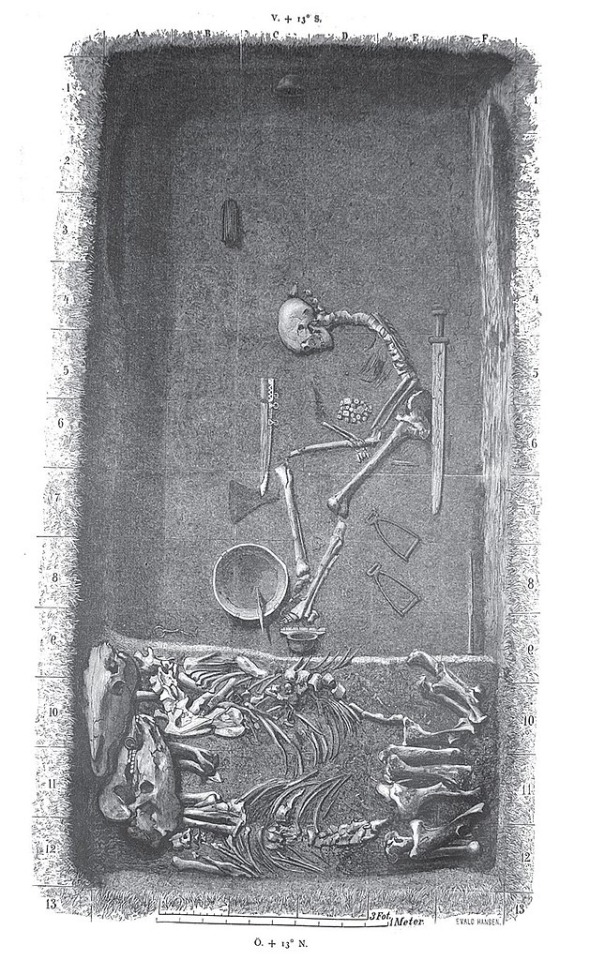
This grave was found on Birka (Björko) in 1878. The grave contained human remains, remains from two horses, bowls, weaponry, a shield(boss), a chess game and saddle stirrups. The burial room was built in wood. Most likely the person was buried seated, with the bones collapsing on themselves. Some remains of textile were found.
The assumption that the person was a man was quickly made and the “high status burial of a Viking warrior” was often cited in research.
It would take until 2017 when both osteological and genetic testing proved the person was in fact a woman. To this day it is the only genetically and archaeologically proven female warrior from the Viking age.
The reason I say genetically AND archaeologically is because it is assumed that gender was a very loose concept in the Germanic age. Biological gender wasn’t necessarily denied, but there are indications that people would take on “the role” of the other gender. A woman could “step up” as a man’s son, as seen in blood feud tales where the patriarch is killed, but if there is no son to avenge him, a woman would “take up the role” and set out, armed for revenge.
Biologically male individuals have been found with “female” attributes such as beads, pendants and certain decoration styles.
From the limited amount of research there is, it seems possible that cross-dressing, gender fluidity and gender role exchange were very normal before mass christianization.
Excavated by: Hjalmar Stolpe
Found in: Birka, Björko, Ekerö - Sweden
Drawing by: Hjalmar Stolpe
#frankish#merovingian#viking archaeology#archaeology#carolingian#charlemagne#field archaeology#viking mythology#merovingian archaeology#germanic mythology#valkyrie#Walküre#Wagner#richard wagner#norse mythology#anglo saxon#field archaeologist#frisian#viking#vikings#germanic#germanic folklore#germanic archaeology#odin#wodan#anglo saxon archaeology#history#jewelry#norse
294 notes
·
View notes